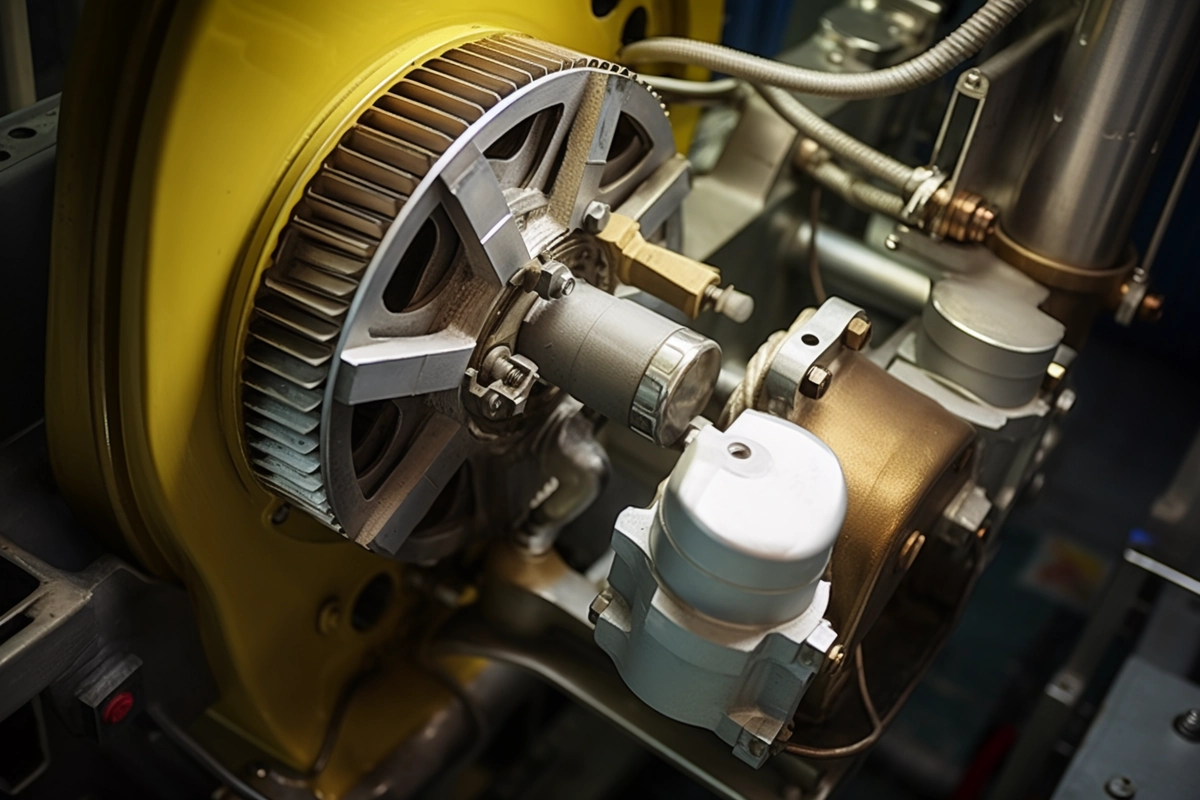In the field of motor drive systems, the quest for drive efficiency has always been the driving force behind technological advances. Among the many design considerations, the choice between belt drive and direct drive configurations is critical. This paper examines the operating principles of belt-driven motors versus direct-drive motors and determines which drive consumes more energy by comparing the energy consumption of these two drives.

Belt-driven motors use a belt and pulley system to transmit power to a load. The rotational motion of the motor is transmitted via a belt that is wrapped around a pulley on the motor and the load, usually a drum or fan in industrial applications. In a belt system, energy losses are primarily due to friction between the belt and pulleys, inefficient belt tension, and slippage. These losses are inherent in the design and can be exacerbated by factors such as misalignment, improper tensioning and wear over time.
Direct drive motors eliminate intermediate components by connecting the motor shaft directly to the load. This direct power transfer is achieved through precision engineering, ensuring that the motor's torque is utilized efficiently when driving the load. The absence of belts and pulleys in a direct drive system inherently reduces mechanical losses. Energy transfer is more efficient because there are no intermediate components to create friction or cause slippage, resulting in a more direct power transfer.
To compare the energy consumption of belt-driven motors and direct-drive motors, the overall efficiency of the system must be considered. This includes not only the efficiency of the motor but also the efficiency of the power transmitted to the load.
Energy losses in a belt system can be quantified by analyzing the efficiency of each component and the system as a whole. Typically, efficiency losses in belt drive systems are in the range of 2-5%, depending on the condition and quality of the belt system. Direct drive systems can be designed to minimize energy losses through mechanical transmission. These systems are typically more efficient because the direct coupling of the motor to the load ensures that the majority of the motor's energy is used to perform the intended work.
As can be seen from the above analysis, due to the operating principle of belt drives, there is inevitably a loss of energy and the maintenance requirements of a belt-driven system may lead to increased operating costs over time. Periodic belt replacement, tension adjustment, and pulley maintenance must be factored into the total cost of ownership and energy consumption. This does not mean that direct drives are always preferable to belt drives. The choice between the two drives should also take into account the specific application and operating environment, and in some cases, the difference in energy consumption is negligible compared to other operating priorities.
By comparing the energy consumption of belt-driven motors and direct-drive motors, it is clear that direct-drive systems reduce energy consumption by eliminating belts and pulleys reducing mechanical losses, and providing a more efficient means of power transmission. However, the choice of motor configuration should be application-specific, taking into account not only energy efficiency, but also factors such as design complexity, cost implications, and maintenance requirements.
Leave A Comment